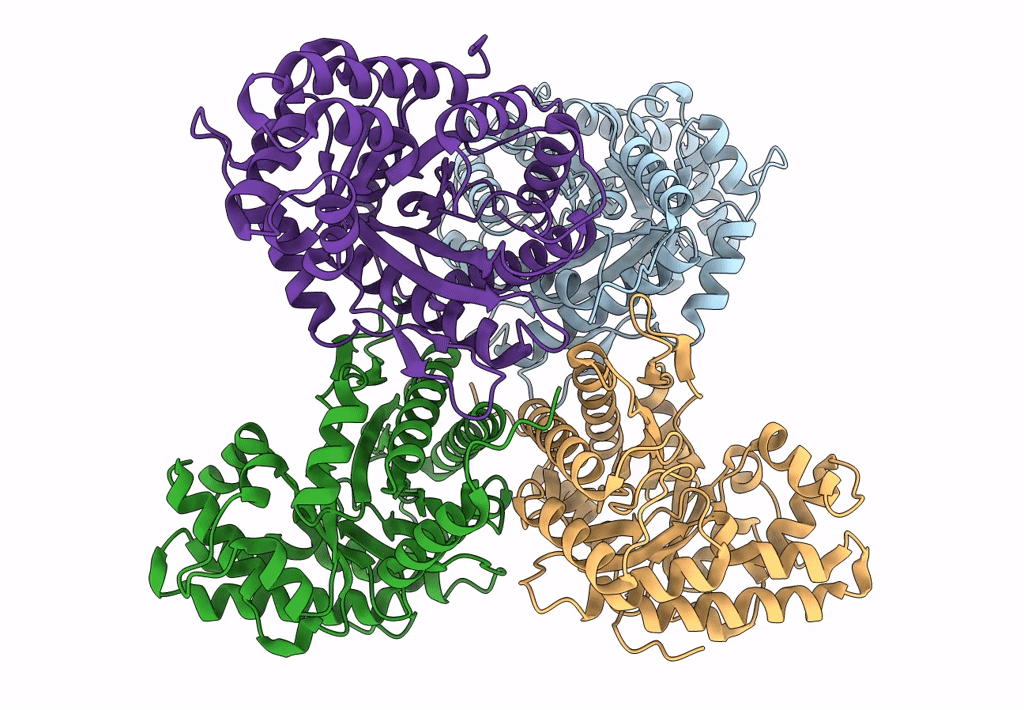
Deposition Date
2022-09-14
Release Date
2022-12-21
Last Version Date
2024-06-19
Entry Detail
PDB ID:
8EHG
Keywords:
Title:
Rabbit muscle aldolase determined using single-particle cryo-EM with Apollo camera.
Biological Source:
Source Organism:
Oryctolagus cuniculus (Taxon ID: 9986)
Method Details:
Experimental Method:
Resolution:
2.24 Å
Aggregation State:
PARTICLE
Reconstruction Method:
SINGLE PARTICLE


